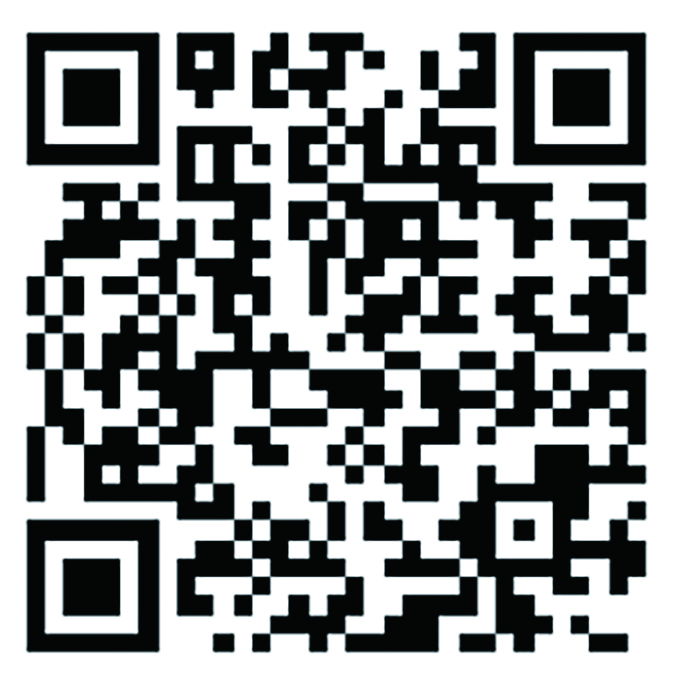目的 探讨抗阻运动联合五行音乐疗法对2型糖尿病(T2DM)患者焦虑情况及生活质量的影响。方法 将160例T2DM患者按照随机数字表法分为对照组、抗阻运动组、五行音乐组、抗阻运动联合五行音乐组(简称联合组),每组40例。剔除17例研究期间依从性差、失访患者后,最终对照组为37例、抗阻运动组为35例、五行音乐组为35例、联合组为36例。对照组接受常规护理,其余组在对照组的基础上分别接受抗阻运动、五行音乐、抗阻运动联合五行音乐干预。比较四组患者干预前、干预1年后,医院焦虑抑郁量表中的焦虑分量表(HADS-A)总分,以及中文版简明健康调查量表(SF-36)的总体健康、生理功能、生理职能、躯体疼痛、精力、社会功能、情感职能和精神健康8个维度得分。结果 干预前,四组间HADS-A总分、SF-36各维度得分差异均无统计学意义(均P>0.05)。与干预前相比,干预1年后,抗阻运动组、五行音乐组和联合组HADS-A总分均降低, 中文版SF-36各维度得分均升高;对照组HADS-A总分降低,中文版SF-36除生理功能维度外的其他7个维度得分均升高(均P<0.05)。干预1年后,联合组HADS-A总分最低,抗阻运动组和五行音乐组HADS-A总分均低于对照组;对照组、抗阻运动组、五行音乐组、联合组中文版SF-36生理功能维度得分依次升高;五行音乐组和联合组中文版SF-36生理职能和情感职能维度得分均高于对照组和抗阻运动组;抗阻运动组、五行音乐组和联合组中文版SF-36躯体疼痛、精力和精神健康维度得分均高于对照组;联合组中文版SF-36总体健康维度得分高于对照组和五行音乐组,抗阻运动组中文版SF-36总体健康维度得分高于对照组;对照组、五行音乐组、抗阻运动组、联合组中文版SF-36社会功能维度得分依次升高(均P<0.05)。结论 抗阻运动与五行音乐疗法均能有效地改善T2DM患者的焦虑状况和生活质量,且二者联合的干预效果更优。
内科 页码:15-21
作者机构:广西医科大学第一附属医院护理部,南宁市 530021
基金信息:国家自然科学基金资助(82160440) 通信作者:戴霞
- 中文简介
- 英文简介
- 参考文献
Objective To investigate the effects of resistance exercise combined with five-element music therapy on anxiety and quality of life in patients with type 2 diabetes mellitus (T2DM). Methods A total of 160 T2DM patients were divided into a control group, a resistance exercise group, a five-element music group, or a resistance exercise combined with five-element music group (referred to as combined group) according to the random number table method, with 40 cases in each group. After excluding 17 patients with poor compliance or who were lost to follow-up during the study period, the control group consisted of 37 cases, the resistance exercise group had 35 cases, the five-element music group included 35 cases, and the combined group comprised 36 cases in the end. The control group received routine nursing, based on which the rest of the groups received the intervention of resistance exercise, five-element music, and resistance exercise combined with five-element music, respectively. The following items were compared between the four groups: the total score of the Hospital Anxiety and Depression Scale-Anxiety (HADS-A) and the scores of eight dimensions of the Chinese version of 36-Item Short Form Health Survey (SF-36), namely, general health perceptions, physical functioning, physical role functioning, bodily pain, vitality, social functioning, emotional role functioning, and mental health. Results Before the intervention, there was no statistically significant difference in the HADS-A total score or eight scores of the Chinese version of SF-36 between the four groups (all P>0.05). Compared with those before the intervention, the total scores of HADS-A decreased while the eight scores of the Chinese version of SF-36 increased in the resistance exercise group, the five-element music group, and the combined group after 1 year of intervention; the total score of HADS-A in the control group decreased, and except for the physical functioning dimension score, the scores of the other 7 dimensions of the Chinese version of SF-36 increased after 1 year of intervention (all P<0.05). After a year of intervention, the combined group's HADS-A total score was the lowest, and the resistance exercise group's and the five-element music group's were lower than the control group's; the scores of the physical functioning dimension of the Chinese version of SF-36 in the control group, resistance exercise group, five-element music group, and combined group increased in turn; the scores of the physical role functioning and emotional role functioning dimensions of the Chinese version of SF-36 in the five-element music group and the combined group were both higher than those in the control group and the resistance exercise group; the scores of the bodily pain, vitality, and mental health dimensions of the Chinese version of SF-36 in the resistance exercise group, the five-element music group, and the combined group were all higher than those in the control group; the score of the general health perceptions dimension of the Chinese version of SF-36 in the combined group was higher than that in the control group and that in the five-element music group, and the score of the general health perceptions dimension of the Chinese version of SF-36 in the resistance exercise group was higher than that in the control group; the scores of the social functioning dimension of the Chinese version of SF-36 in the control group, five-element music group, resistance exercise group, and combined group increased in turn (all P<0.05). Conclusion Both resistance exercise and five-element music therapy can effectively improve the anxiety and quality of life in patients with T2DM, and their combination can have a better intervention effect.
-
无




 注册
注册 忘记密码
忘记密码 忘记用户名
忘记用户名 专家账号密码找回
专家账号密码找回 下载
下载 收藏
收藏
